The Dark Side Of Hydrangeas
Hydrangeas are some of the most popular flowering shrubs in the world. They are known for their large, colorful blooms that can add a touch of elegance to any garden. However, there is a dark side to hydrangeas that many people are not aware of.
One of the biggest problems with hydrangeas is that they can be susceptible to pests and diseases. Some of the most common pests that attack hydrangeas include aphids, scale, and spider mites. These pests can suck the sap out of the leaves and stems, causing them to wilt and die. Diseases that can affect hydrangeas include leaf spot, powdery mildew, and root rot. These diseases can cause the leaves to turn brown or yellow, and the plant may eventually die.
Another problem with hydrangeas is that they can be difficult to care for. They need well-drained soil and regular watering, but they can also be sensitive to overwatering. If you don't water them enough, the leaves will wilt and the flowers will not bloom. If you overwater them, the roots will rot and the plant will die.
Finally, hydrangeas can be messy plants. The flowers can drop petals and leaves, and the stems can get brittle and break. This can make them difficult to keep looking their best.
So, if you are thinking about planting hydrangeas in your garden, be aware of the dark side. They can be beautiful plants, but they can also be a lot of work.
Main Content
Pests and Diseases
As mentioned above, hydrangeas are susceptible to a number of pests and diseases. Some of the most common pests include:
- Aphids: Aphids are small, soft-bodied insects that suck the sap out of leaves and stems. They can cause the leaves to turn yellow or brown, and the plant may eventually die.
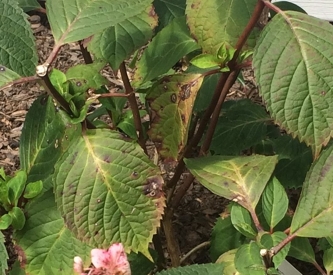
- Scale: Scale insects are small, hard-shelled insects that attach themselves to leaves and stems. They can suck the sap out of the plant, causing the leaves to turn yellow or brown.
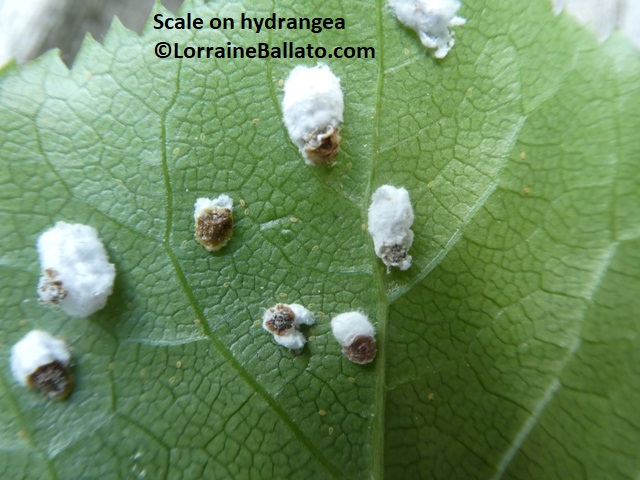
- Spider mites: Spider mites are tiny, eight-legged insects that suck the sap out of leaves. They can cause the leaves to turn yellow or brown, and the plant may eventually die.
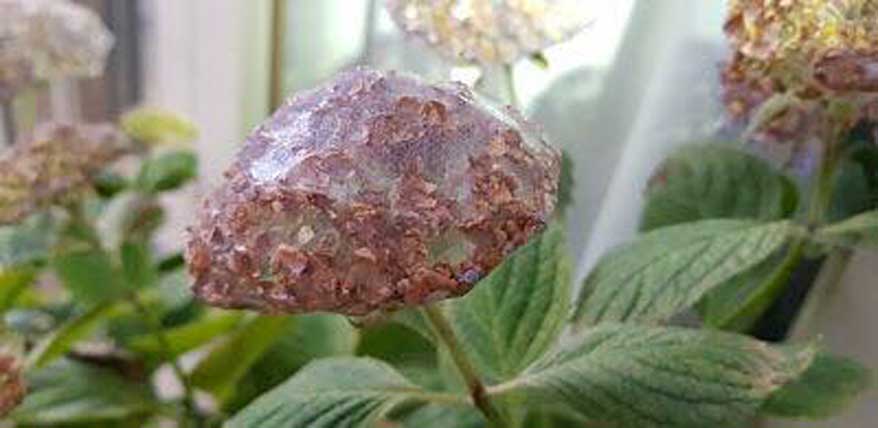
Some of the most common diseases that affect hydrangeas include:
- Leaf spot: Leaf spot is a fungal disease that causes small, brown spots to appear on the leaves. The spots may eventually merge to form larger areas of dead tissue.
- Powdery mildew: Powdery mildew is a fungal disease that causes a white, powdery growth to appear on the leaves. The growth can eventually cover the entire leaf, and the leaf may eventually die.

- Root rot: Root rot is a fungal disease that attacks the roots of the plant. It can cause the roots to rot and die, and the plant may eventually die.
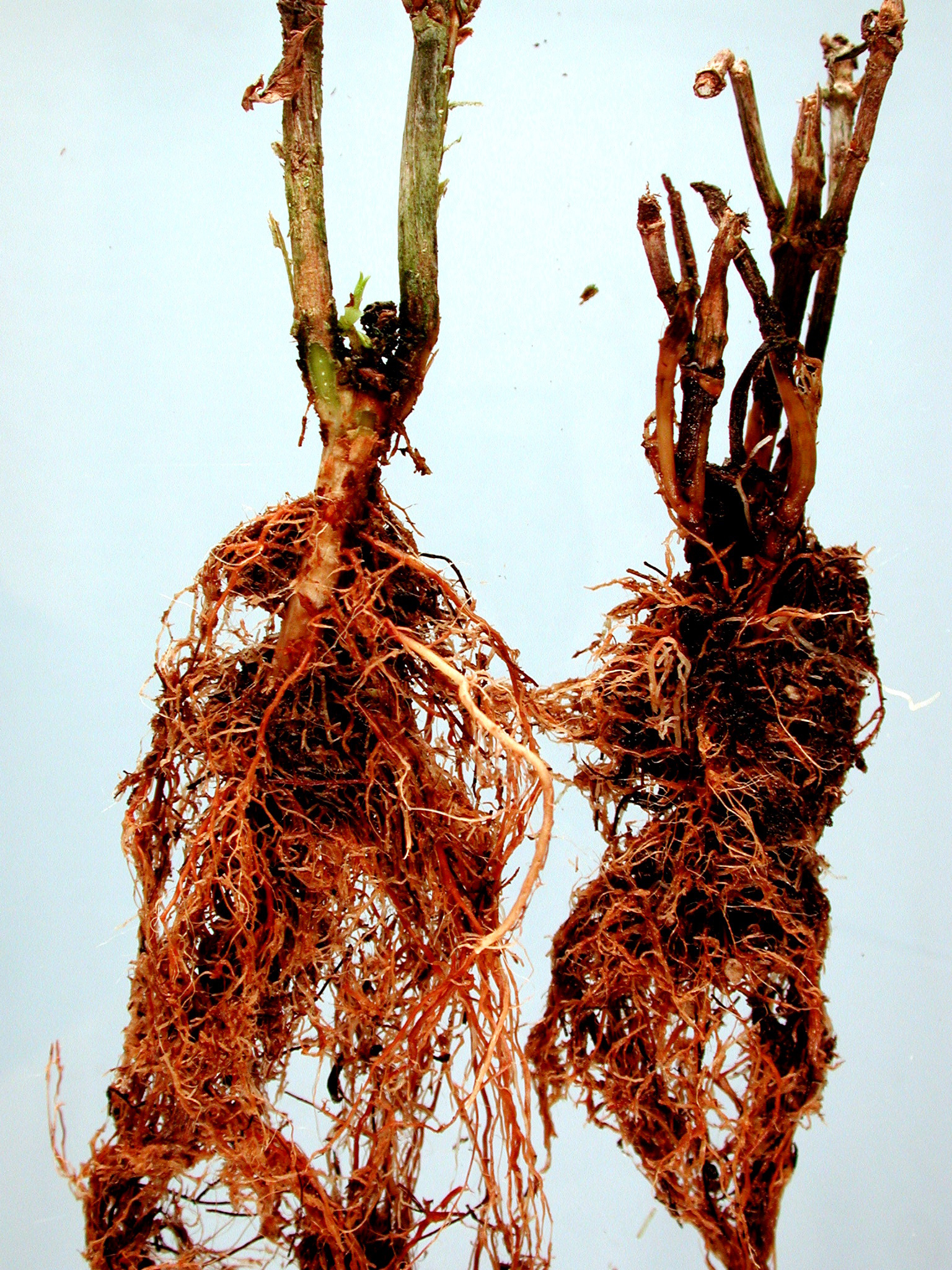
Caring for Hydrangeas
Hydrangeas can be difficult to care for, but there are a few things you can do to help keep them healthy. First, make sure they are planted in well-drained soil. Hydrangeas do not like wet feet, so it is important that the soil drains well. Second, water them regularly, but don't overwater them. Overwatering can cause the roots to rot. Third, fertilize them in the spring and summer with a balanced fertilizer. Finally, deadhead the flowers regularly to encourage new blooms.
Conclusion
Hydrangeas are beautiful plants, but they can be a lot of work. If you are thinking about planting hydrangeas in your garden, be sure to do your research and learn about the pests and diseases that can affect them. With proper care, hydrangeas can be a beautiful addition to your garden for many years to come.
Dark hydrangeas are a stunning and mysterious type of hydrangea that is sure to turn heads. These flowers come in a variety of dark shades, including deep purple, navy blue, and black. They are perfect for adding a touch of drama to any garden.
If you are interested in learning more about dark hydrangeas, I recommend visiting . This website has a wealth of information about these flowers, including their history, care requirements, and varieties. You can also find beautiful photos of dark hydrangeas on this website.
FAQ of dark hydrangea
1. What is a dark hydrangea?
A dark hydrangea is a type of hydrangea that blooms in shades of dark blue, purple, or black. The color of the blooms is determined by the acidity of the soil, with more acidic soil producing darker blooms.
2. How do I get my hydrangeas to bloom dark?
There are a few things you can do to get your hydrangeas to bloom dark:
- Test the pH of your soil. Hydrangeas prefer acidic soil, with a pH of 5.5 to 6.5. If your soil is too alkaline, you can add sulfur or aluminum sulfate to lower the pH.
- Amend your soil with organic matter. Organic matter helps to improve drainage and acidity, which can help to produce darker blooms.
- Water your hydrangeas with rainwater or distilled water. Tap water can contain chemicals that can make the blooms lighter.
- Fertilize your hydrangeas with an acidic fertilizer. There are a number of commercial fertilizers available that are specifically designed for hydrangeas.
3. What are some other factors that can affect the color of hydrangea blooms?
In addition to the acidity of the soil, the following factors can also affect the color of hydrangea blooms:
- The type of hydrangea. Some hydrangea varieties are more likely to bloom dark than others.
- The amount of sunlight the hydrangea receives. Hydrangeas that receive more sunlight tend to bloom lighter.
- The age of the hydrangea. Younger hydrangeas tend to bloom lighter than older hydrangeas.
4. How do I care for a dark hydrangea?
Dark hydrangeas are relatively easy to care for. They need full sun to partial shade and well-drained soil. They should be watered regularly, especially during the summer months. Dark hydrangeas can be pruned in the spring or fall.
5. What are some common problems with dark hydrangeas?
Some common problems with dark hydrangeas include:
- Leaf spot. This is a fungal disease that can cause leaves to develop brown spots.
- Aphids. These small insects can suck the sap from hydrangea leaves, causing them to wilt and curl.
- Slugs and snails. These pests can eat hydrangea leaves and flowers.
Image of dark hydrangea
5 different images of "dark hydrangea" from Pinterest:
- Dark blue hydrangea: This hydrangea has large, dark blue blooms that are a beautiful contrast to the green leaves.

- Black hydrangea: This hydrangea is a rare variety that has deep black blooms. It is a stunning plant that is sure to turn heads.

- Plum hydrangea: This hydrangea has blooms that are a deep plum color. It is a beautiful plant that is perfect for adding a touch of elegance to any garden.
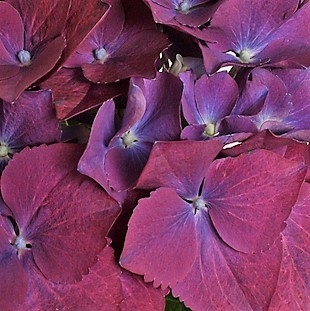
- Burgundy hydrangea: This hydrangea has blooms that are a deep burgundy color. It is a striking plant that is sure to add a touch of drama to any garden.
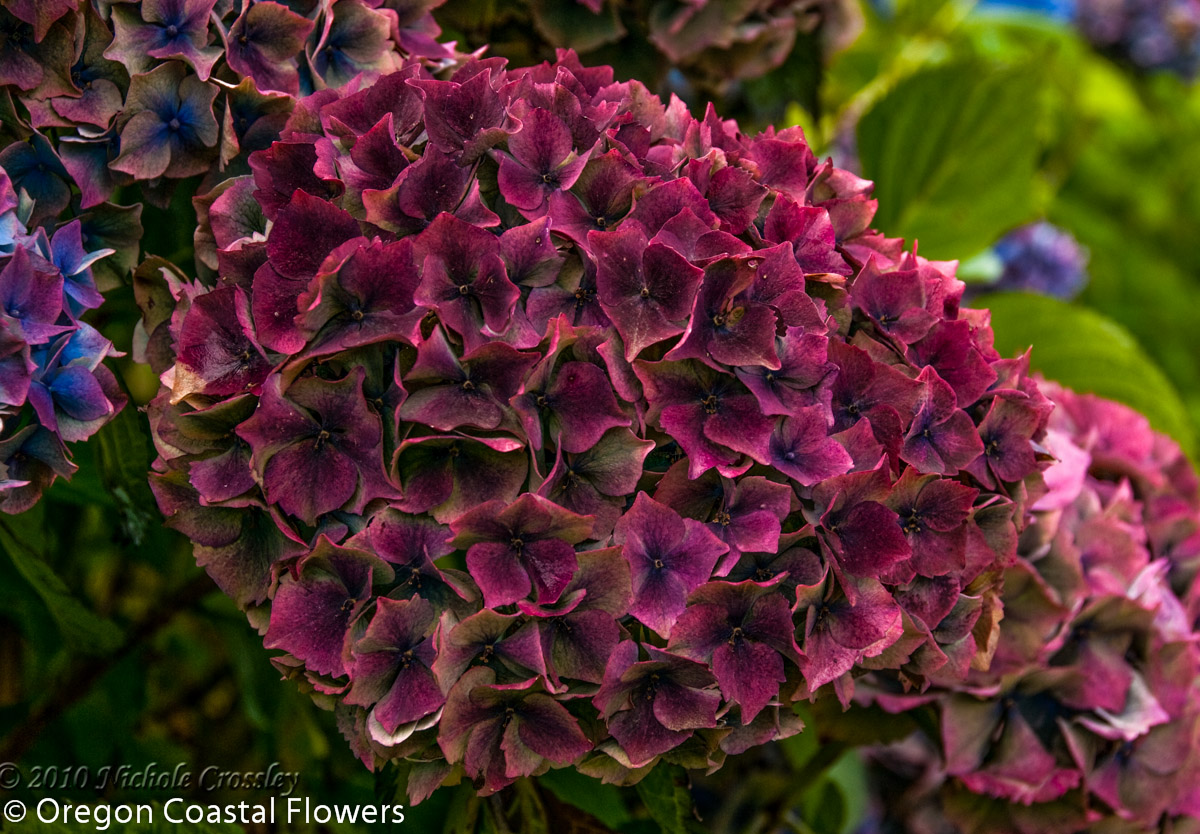
- Chocolate hydrangea: This hydrangea has blooms that are a deep chocolate color. It is a unique plant that is sure to add a touch of mystery to any garden.
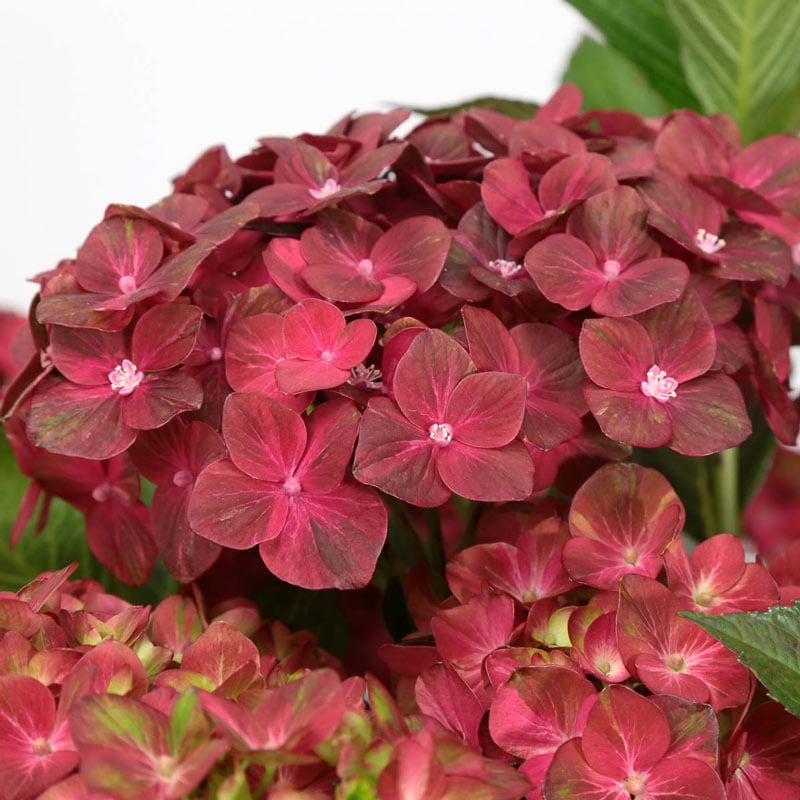
Post a Comment for "The Dark Side Of Hydrangeas"